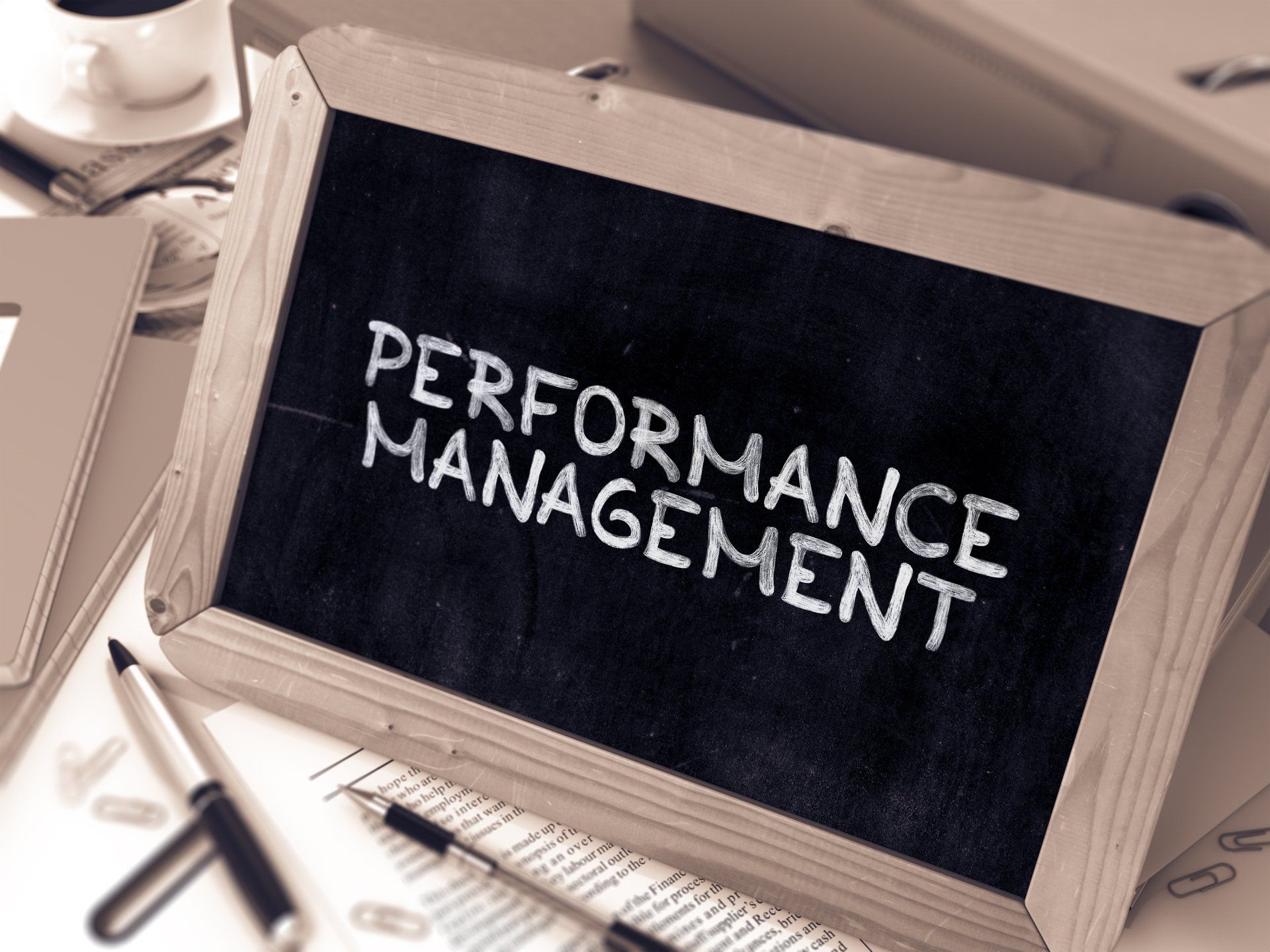
Performance Management is not only for Employee Reward
Employee Performance Management (EPM) continues to attract debate on whether the time, effort and money invested into the process justifies the outcomes. Opponents of EPM argue that it is difficult to be consistent, especially for larger organisations, where the decision making is delegated to more junior or inexperienced line managers. For most organisations, the main observable impact of EPM is an increase in salary or a higher bonuses. This results in poor appreciation of its wider value of EPM as organisations become fixated on linking performance assessment outcomes to reward.
The end-of-year EPM process focusing on performance assessments/ratings, salary increases and bonuses award can take up to 4 months if not managed well. This creates an anxious and unhealthy work environment as employees seek to make "last minute" efforts to influence the EPM outcomes.
Successful EPM goes beyond just ratings and reward but creates strong links to other HR practices.
i) Employee Engagement
A well-managed EPM approach provides employees with clarity of expectations as well as timely feedback on progress being made. This is complimentary to employee engagement in creating a culture in which employees are excited and satisfied with their work. Interesting insights from a survey conducted by Harvard Business Review Analytic Services on 717 Business Leaders showed that:
◎ 75% Strongly agree that engaged employees tend to be higher performers
◎ 69% Strongly agree that it is difficult to improve performance without also improving engagement
ii) Talent Management
This is about adopting strategies to onboard, retain and deploy talented employees into high impact roles that significantly contribute to organisational success. EPM supports talent management processes for example:
◎ Succession Planning: Provide performance capability justification for succession candidates.
◎ Promotions: Setting minimum performance criteria for employees to qualify for promotion.
iii) Managing Underperformance
Proactive EPM requires line managers to hold frequent meetings with their employees providing constant feedback and support. Any challenges are hence addressed earlier and employees are supported to achieve success in their roles.
Underperformance is managed by creating a distinct plan of measurable objectives to be completed by the employee. Failure of performance improvement under this setting triggers further action which could be, reappointment to a new role, change in responsibilities or exiting from the organisation.
iv) Workforce Planning
The CIPD UK defines workforce planning as the process of balancing labour supply (skills) against the demand (numbers needed). It includes analysing the current workforce, determining future workforce needs, identifying the gap between the present and the future, and implementing solutions so that an organisation can accomplish its mission, goals, and strategic plan.
EPM is critical workforce planning tool as it provides performance data which can be utilised in making key decisions. Examples are:
◎ Redeployment: Moving employees to areas where their competence is stronger.
◎ Terminations: EPM can assist in deciding on redundancies in cases of skills surpluses.
◎ Promotions: Identifying employees who are ready for increased responsibilities.
Workforce planning must enable improved organisational performance through better decisions on the future people needs of the organisation.
v) Reward and Recognition
Employee reward, when mismanaged, can create a culture of mistrust in an organisation. Reward decisions must be clearly understood and handled transparently. Employees need to know what is required of them if they desire to earn more.
EPM provides a transparent framework to drive reward and recognition decisions.
vi) Personal Growth and Development
Progressive EPM incorporates individual growth objectives which are tracked during the performance cycle with feedback and coaching also provided. The key benefit is that employees are not only tracking how they are doing against key work objectives but they also have a view of how they are developing in line with their career goals.
Our Thoughts
EPM must be viewed from a wider perspective taking into account its impact across all elements of the employees employment journey with the organisation. Successful EPM at individual level is a key ingredient in achieving a collectively high performance culture in the whole organisation.
What’s your take, what will make EPM for effective? Kindly share your comments below.




